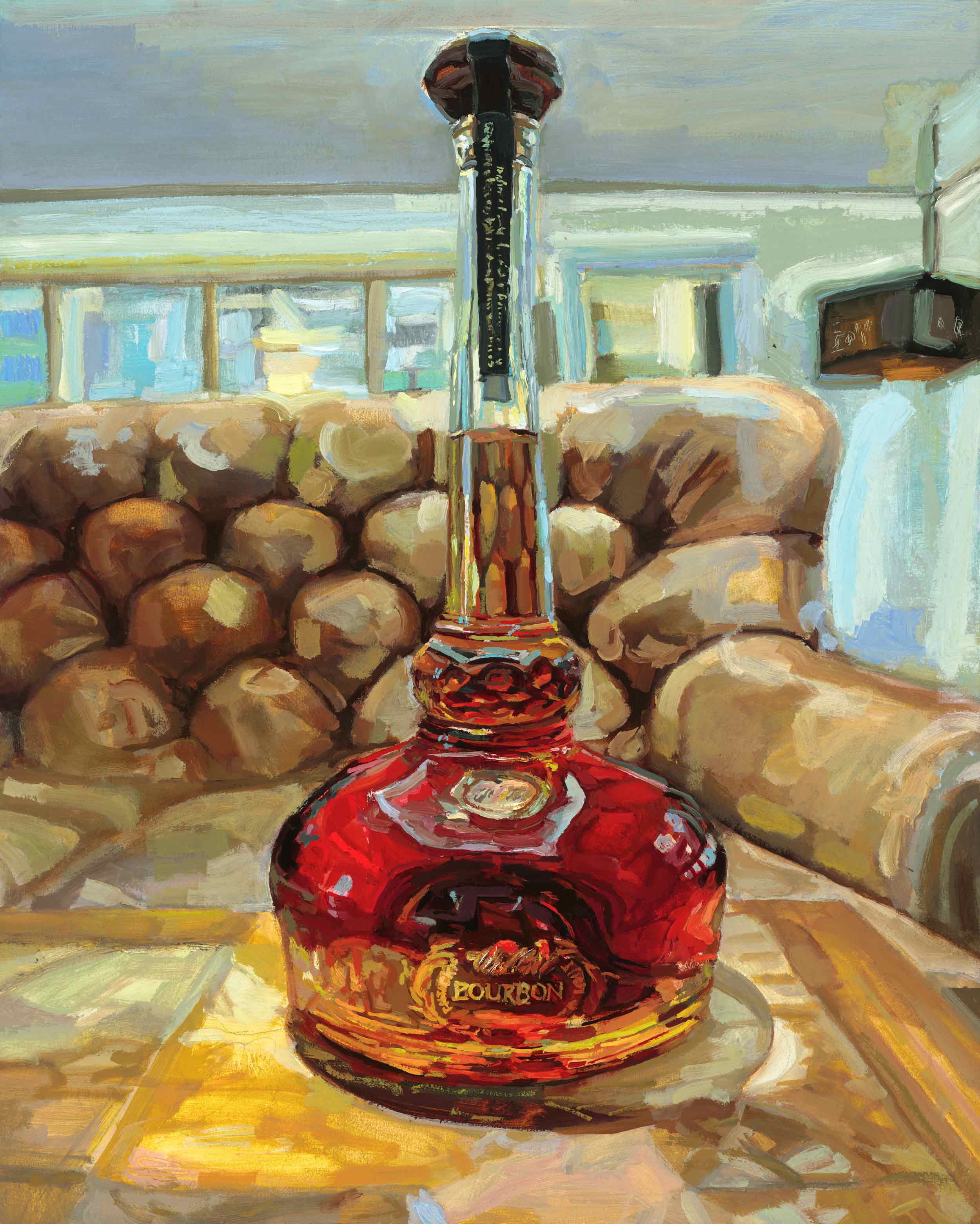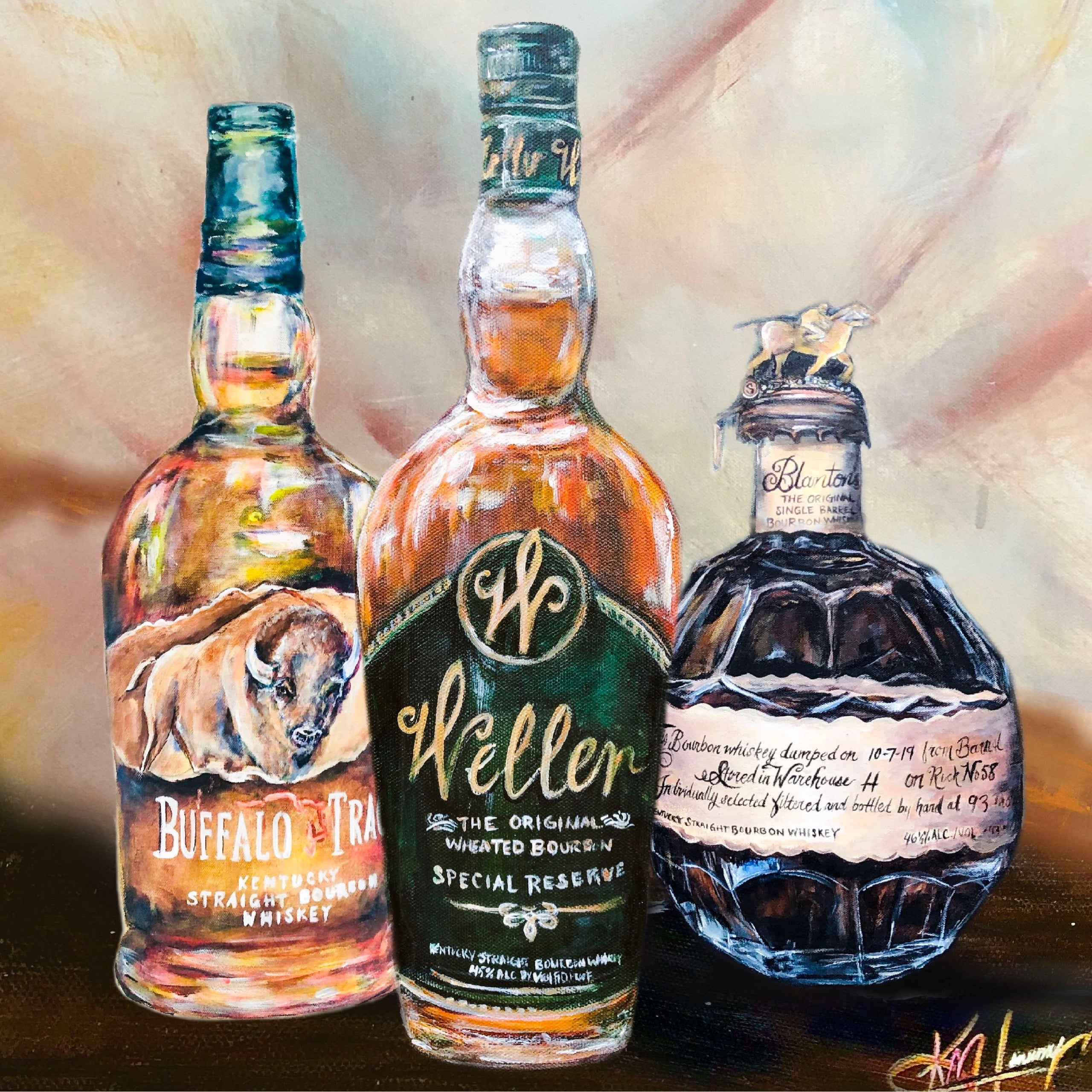Realism Art in the Whiskey Industry: Depicting Moments of Distillation
Realism Art in the Whiskey Industry: Depicting Moments of Distillation
Blog Article
The Importance of Whiskey Art in Celebrating Heritage and Craftsmanship in the Beverage Sector
The detailed partnership in between bourbon art and the event of heritage and craftsmanship within the beverage sector can not be overstated. Through thoughtfully designed tags and containers, whiskey brand names envelop their historical roots and the artisanal skills that define their production techniques.
The Historic Roots of Whiskey
At the heart of bourbon's appeal lies an abundant tapestry of historic roots that map back to ancient worlds. The beginnings of scotch can be connected to the purification methods of the Sumerians and Babylonians around 2000 BCE, where early types of fermented grain beverages started to arise. Nonetheless, it was in the Center Ages that the art of purification progressed dramatically, especially in Ireland and Scotland, resulting in the production of bourbon as we understand it today.
The term "bourbon" itself originates from the Gaelic word "uisce beatha," suggesting "water of life." This phrase underscores the social significance of scotch in Celtic cultures, where it was usually linked with rituals, parties, and communal bonding. By the 15th century, purification became an identified craft within monastic neighborhoods, leading the way for the facility of legal distilleries.
As profession routes expanded, scotch's popularity expanded, transcending regional limits and capturing the interest of aficionados worldwide. Bourbon Art. This historical trip shows not only the craftsmanship behind scotch manufacturing but likewise its essential role in social and social contexts, noting it as a significant drink throughout history
Artistic Expression in Branding
Bourbon branding stands as a compelling junction of creativity and business, where visual identification plays an essential function fit consumer understanding. The aesthetic appeals of bourbon tags, product packaging, and advertising and marketing materials mirror not only the brand name's story however additionally its core values and heritage. Via creative expression, distilleries share a narrative that resonates with consumers, evoking emotions and stimulating links.
Using color, typography, and images in branding offers to differentiate products in a saturated market. For instance, traditional themes might stimulate a sense of authenticity and workmanship, while modern designs can signify development and forward-thinking. This critical imaginative instructions boosts brand name acknowledgment and commitment, allowing consumers to build an individual connection with the bourbon they pick.
Moreover, artistic expression in branding commonly functions as an event of regional heritage. Distilleries often integrate local symbols or historical referrals into their layouts, producing a local color that invites customers to partake in a broader social experience. Inevitably, the virtuosity behind scotch branding not just improves aesthetic appeal yet also enriches the total story of the brand, fostering a much deeper appreciation for the workmanship and heritage embedded in each container.
Craftsmanship in Container Style
The creativity evident in bourbon branding prolongs beyond aesthetic identity to encompass the workmanship involved in bottle style. Each bottle acts as a vessel not just for the spirit within, but additionally for the story it outlines its high quality, origin, and tradition. The style process requires thorough interest to detail, as components such as closure, product, and shape add significantly to the general perception of the scotch.
Workmanship in bottle style includes selecting high-grade glass that can enhance the scotch's color and clearness, while additionally offering a responsive experience for the customer. The silhouette of the container have to be both functional and cosmetically enticing, often showing the heritage of the brand name. Many distilleries go with one-of-a-kind shapes or embossed logos that stimulate a feeling of credibility and history.
Furthermore, the label design and typography play a crucial function in communicating the brand name's story. Whiskey Art. A well-crafted bottle not just mesmerizes the customer's eye yet also strengthens the brand name's dedication to quality and custom. In this means, the craftsmanship of bottle style becomes a crucial aspect of the scotch experience, combining creativity with an extensive regard for heritage
Cultural Value of Whiskey Art
Celebrating tradition and workmanship, the social relevance of whiskey art transcends simple visual appeals, linking with the historical and social stories of the regions from which it comes from. Each container acts as a canvas, portraying the unique stories, folklore, and traditions that have actually shaped local whiskey-making practices. The detailed layouts usually mirror the heritage of the distillers, including signs and themes that resonate with the culture and worths of their communities.
In enhancement, whiskey art plays a crucial role in public events and celebrations, functioning as a substantial link in between people and their shared experiences. By valuing the virtuosity in whiskey packaging, customers grow a deeper understanding and respect for the craft, eventually improving their satisfaction of the drink itself.
Modern Trends in Bourbon Discussion
In recent times, the discussion of bourbon has actually evolved to reflect contemporary tastes and patterns while still recognizing typical craftsmanship - Whiskey Art. Distilleries are progressively concentrating on visual components that enhance the general alcohol consumption experience, connecting the void in between heritage and modernity
Innovative container styles have arised, often incorporating sustainable materials and artistic tags that tell engaging stories. Several brand names now work together with neighborhood musicians, instilling their products with distinct visual expressions that resonate with consumers. Furthermore, limited-edition releases are often packaged in collectible containers, adding value and appeal for aficionados.

Final Thought
In verdict, scotch art serves as an important avenue for sharing the heritage and craftsmanship inherent in the beverage market. Via complex branding, cutting-edge bottle styles, and culturally substantial artistic elements, bourbon brands effectively recognize their practices and get in touch with customers. This artistic story not just elevates the recognition of whiskey however also enhances community identification and satisfaction amongst manufacturers. Ultimately, whiskey art plays an important function in preserving and celebrating the rich cultural tapestry of whiskey-making.


Craftsmanship in bottle design involves selecting high-quality glass that can enhance the whiskey's shade and clarity, while likewise giving a tactile experience for the consumer. In this means, the craftsmanship of bottle style becomes a vital facet of the scotch experience, merging virtuosity with a profound respect for heritage.
In conclusion, whiskey art serves as an important channel for sharing the heritage and workmanship integral in the drink industry.
Report this page